As product marketers, we walk the line between storytelling and specificity. Lean too far into features, and you lose your audience before they care. Stay too high-level, and you risk sounding vague or interchangeable.
There’s a time and place to introduce technical detail, but the challenge is knowing how much to reveal and when, so that you're always reinforcing value, not overwhelming it.
Common pitfalls to avoid
Even with the right intent, it’s easy to misstep. Here are a few traps to watch for:
Overloading early stages. Jumping into integrations, APIs, or configuration options too early can alienate audiences who aren’t ready to hear it.
Generic value statements. Saying “save time” or “increase visibility” without connecting it to specific roles, use cases, or measurable outcomes makes your messaging forgettable.
Feature parity traps. Playing the checklist game against competitors might feel safe, but it rarely wins. Someone will always have more “stuff.” Focus on the why behind your differentiators.
Tailor technical story by marketing stage
To deliver the right level of technical depth, you first need to understand where your audience is in their buying journey. The marketing funnel provides a useful framework to guide not just what you say but how detailed you get, and when. Each stage calls for a different balance of insight, functionality, and specificity.
Let’s break down how to tailor technical detail across the core stages of the marketing funnel: awareness, evaluation, and decision. While each stage matters, we’ll focus most on the bottom – because that’s where technical clarity can make or break a deal.
The marketing funnel represents the buyer’s journey from awareness to decision-making. It’s typically divided into three phases:
Top of funnel (TOFU):
This is where you're earning the right to be considered. Your audience is just beginning to explore challenges or opportunities. They’re not yet evaluating specific solutions. At this stage, technical details can distract or overwhelm.
Focus instead on building awareness and relevance by highlighting high-level industry trends, common pain points, and emerging insights that speak to your audience’s world.
Middle of funnel (MOFU):
Now your audience is evaluating. Prospects are actively comparing approaches, weighing trade-offs, and seeking proof that a solution like yours can work for them. This is the time to introduce functional context and light technical detail that supports your narrative without derailing it.
The key is to frame capabilities around outcomes: show how your product addresses their problem in a way that’s clear, credible, and easy to connect to their goals.
Bottom of funnel (BOFU):
This is the decision stage. Your messaging should focus on specific, role-relevant value and practical differentiation. Buyers are aligning internally, managing risk, and justifying their final decision.
They want to know: Will this work for us?
This is where technical messaging becomes a powerful tool not to show off features, but to help champions build a business case, validate fit, and give stakeholders confidence in the path forward.
Here’s how to approach each stage strategically.
Staying strategic at the top of the funnel
At the top of the funnel, your audience might not even know they have a problem yet. This is not the time for product specs or technical walkthroughs. Focus on earning attention and building credibility.
Instead of technical specs, bring in market trends, industry pain points, and customer aspirations. You’re not selling, you’re framing the conversation and positioning your brand as a trusted expert.
So what does this look like in practice? Here are a few simple ways to make your TOFU messaging more audience-first and insight-led:
Lead with insight. Publish original research or thought leadership that explores the root causes of a known pain point. E.g., “The Hidden Costs of Manual Ordering: What 200 Operators Told Us.”
Make it about them. Speak to the outcomes your audience wants, not your features. E.g., “Operators are under pressure to reduce waste, manage rising costs, and make data-driven decisions.”
Spark curiosity. Use CTAs that invite further exploration, not hard asks. E.g., “See how top-performing teams cut order errors by 60%” instead of “Book a Demo.”
At this stage, your job is to start the conversation, not close it. Build trust now so your solution feels inevitable later.
Getting it right in the middle of the funnel
As your audience shifts from awareness to evaluation, they’re actively comparing solutions, and your product is now on their radar. This is your moment to connect benefits to basic functionality without going full spec sheet.
At this stage, you’re likely dealing with multiple stakeholders across departments. What resonates with a marketing department lead won’t always land with procurement or IT, for example. Tailor your messaging to each of these roles, even within the same organization.
That might mean highlighting operational efficiency for one persona and compliance simplicity for another. The more you demonstrate awareness of each stakeholder’s priorities, the more likely your champion will feel confident bringing your solution forward internally.
Focus on:
Capabilities, not just features. Instead of: “Automated reporting.”Try: “Automated reporting that cuts finance team workload by 40% each week.”
Brief customer examples. “One national distributor standardized pricing data across 10+ suppliers and saved 8% in a single quarter.”
Outcome-based framing. Instead of: “Includes inventory tracking, contract management, and audit tools.”
Try: “Gives ops leaders real-time visibility, aligns purchases with contracts, and simplifies audit prep so they can optimize spend instead of chasing data.”
This kind of messaging speaks directly to the buyer’s priorities. You’re not just describing what the product does; you’re showing how it improves performance, saves time, and builds confidence in everyday decision-making.
Your goal isn’t to overwhelm. It’s to build confidence and help your audience imagine success with your product.
Getting technical at the bottom of the funnel
This is where technical messaging matters most. Your audience is no longer exploring – they’re validating.
At the bottom of the funnel, the most believable solution, not the most technical, usually wins. The goal is to translate complexity into clarity and help each stakeholder see how your product makes them successful.
You’re speaking to informed stakeholders: IT teams, operations leaders, budget holders, and power users. They want the technical detail, but only if it’s clear how it helps them make the right decision. But here’s the key: you’re not just providing details. You’re connecting functionality to business value.
Do this instead:
Anchor details in real use cases.“Real-time inventory sync” becomes “Real-time inventory sync that prevents out-of-stock penalties and cuts spoilage by 15%.”
Tailor by role. CFO? Talk about margin protection and spend visibility. System admin? Talk about integration flexibility and reduced IT load.
Enable internal selling. Equip champions with ROI models, one-pagers, and stakeholder-specific decks they can share across the org.
Don’t fall into feature-vs-feature traps. Instead of: “We have more prebuilt reports than Vendor X.”
Try: “We let teams build reporting around their own KPIs – so they act faster with data that actually matters.”
Your champion often has to “sell” your product when you’re not in the room. Don’t leave them empty-handed. Provide messaging frameworks, plug-and-play slides, or objection-handling guides tailored to their internal conversations.
For example, if procurement is likely to challenge cost, give your champion a short value summary that quantifies operational savings. If IT needs technical assurance, provide a one-pager on integrations and security protocols.
The easier you make it for champions to advocate for your solution, the more momentum your deal will build.
Final thoughts
Getting technical isn’t the problem. Getting strategically technical is.
Knowing when and how to introduce technical detail is a skill that separates high-performing product marketers from the rest.
At the top of the funnel, resist the temptation to lead with specs because your audience isn’t ready. In the middle, use functionality to build credibility and guide evaluation. At the bottom, every detail should tie back to real-world, role-specific outcomes that reinforce your product’s value.
The key is to tailor your depth to the funnel stage, speak directly to the needs of specific roles, and never let features stand on their own. The best technical messaging doesn’t just inform, it empowers.
It helps buyers feel confident, supported, and clear on why your solution is the right one.
That’s how you move beyond being just a vendor and become a trusted, strategic partner in the buyer’s success.
Key takeaways
- Use technical details at the bottom of the funnel to enable decision-making, not to one-up competitors.
- Always connect features to outcomes that matter to specific roles.
- Give your champion the story and substance they need to get internal buy-in, without making them feel like they're delivering your pitch.





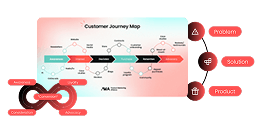


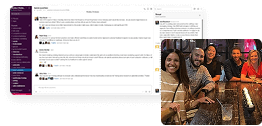

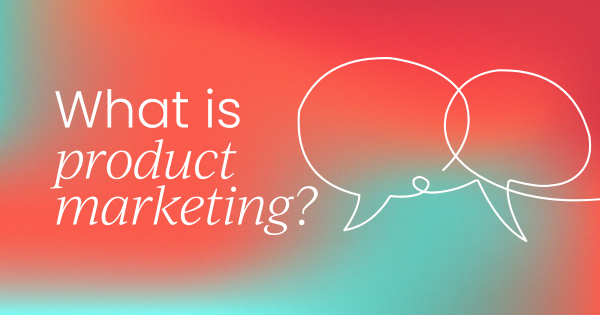
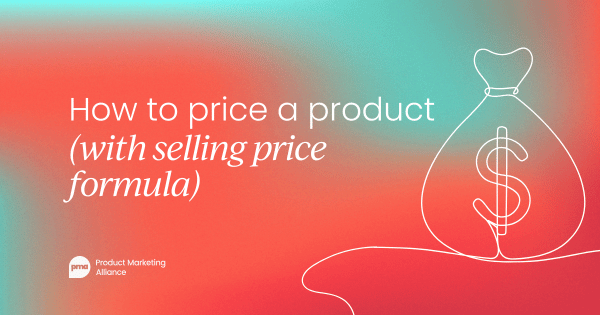
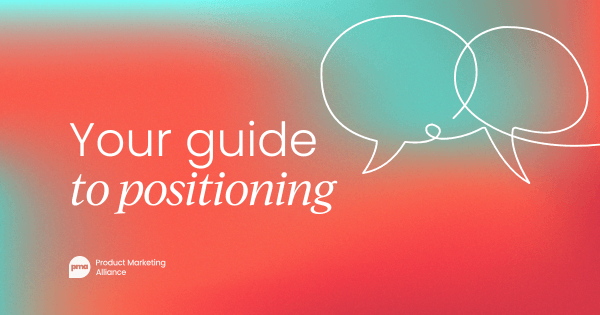
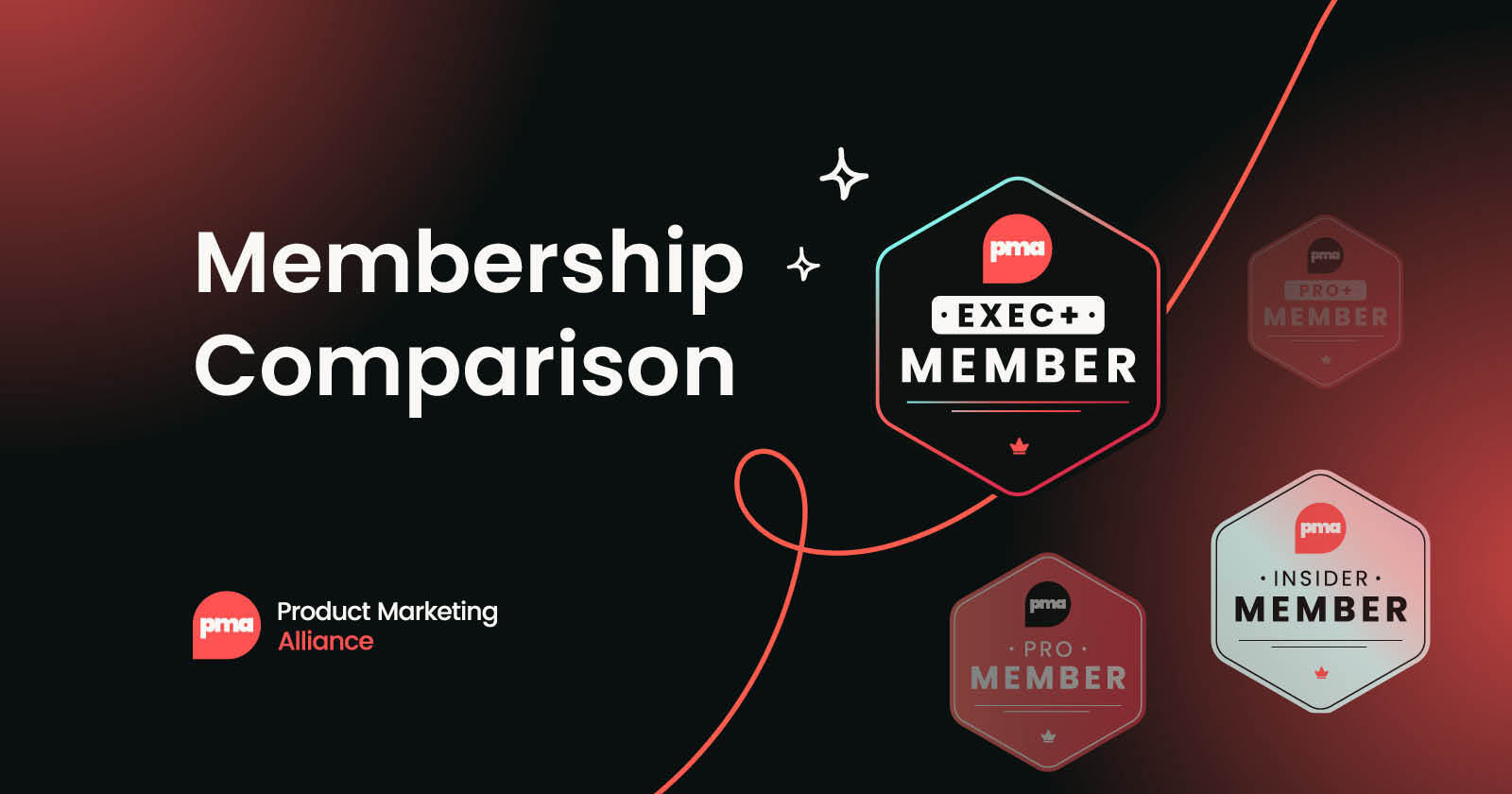
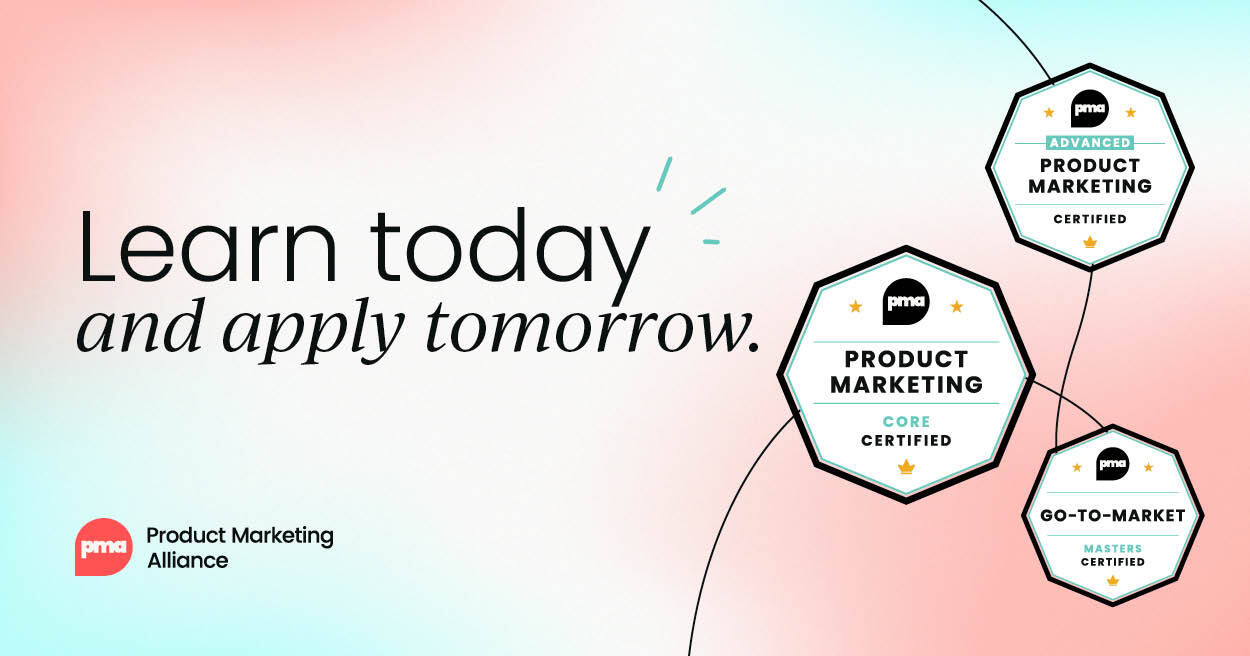
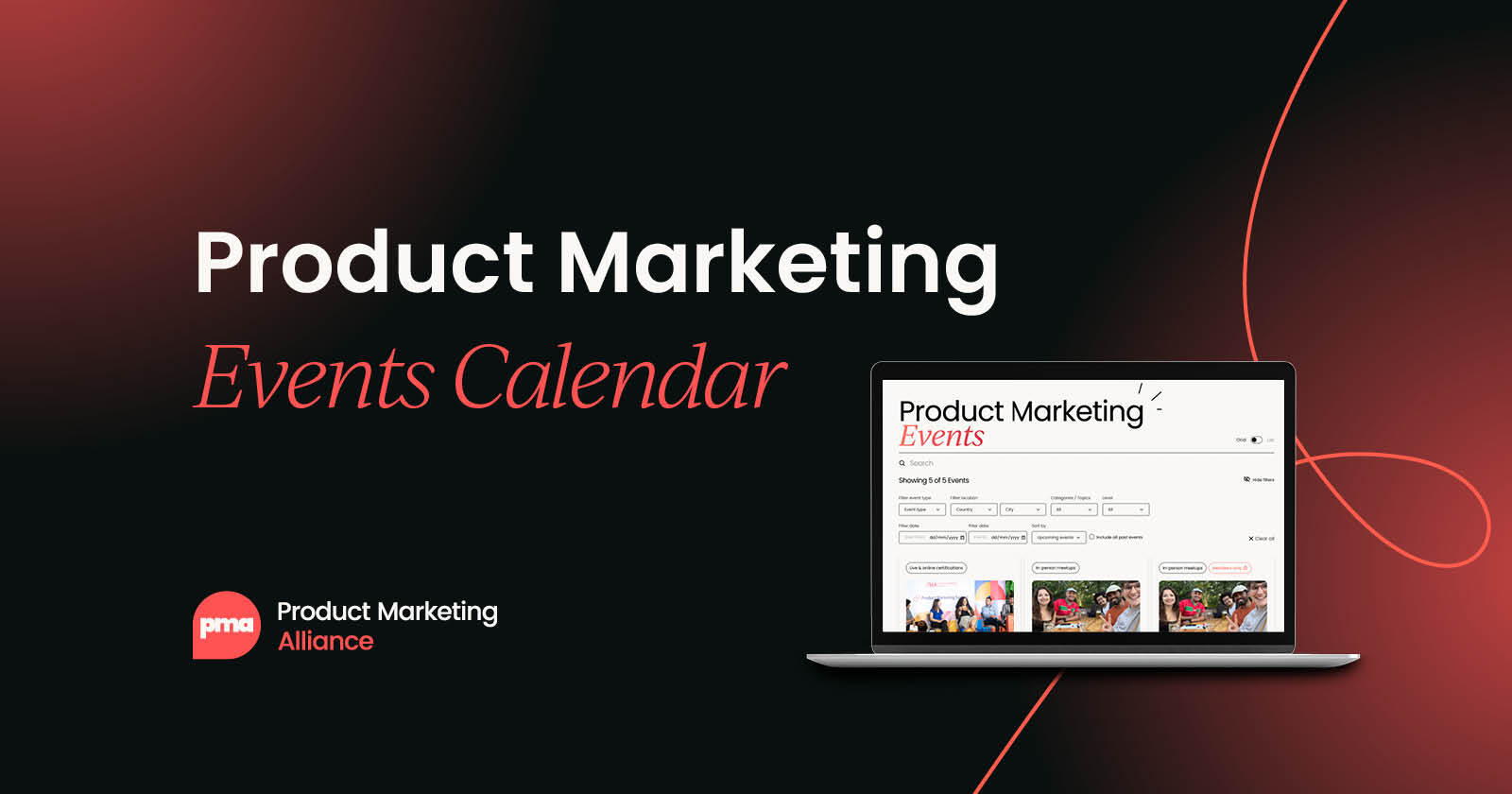
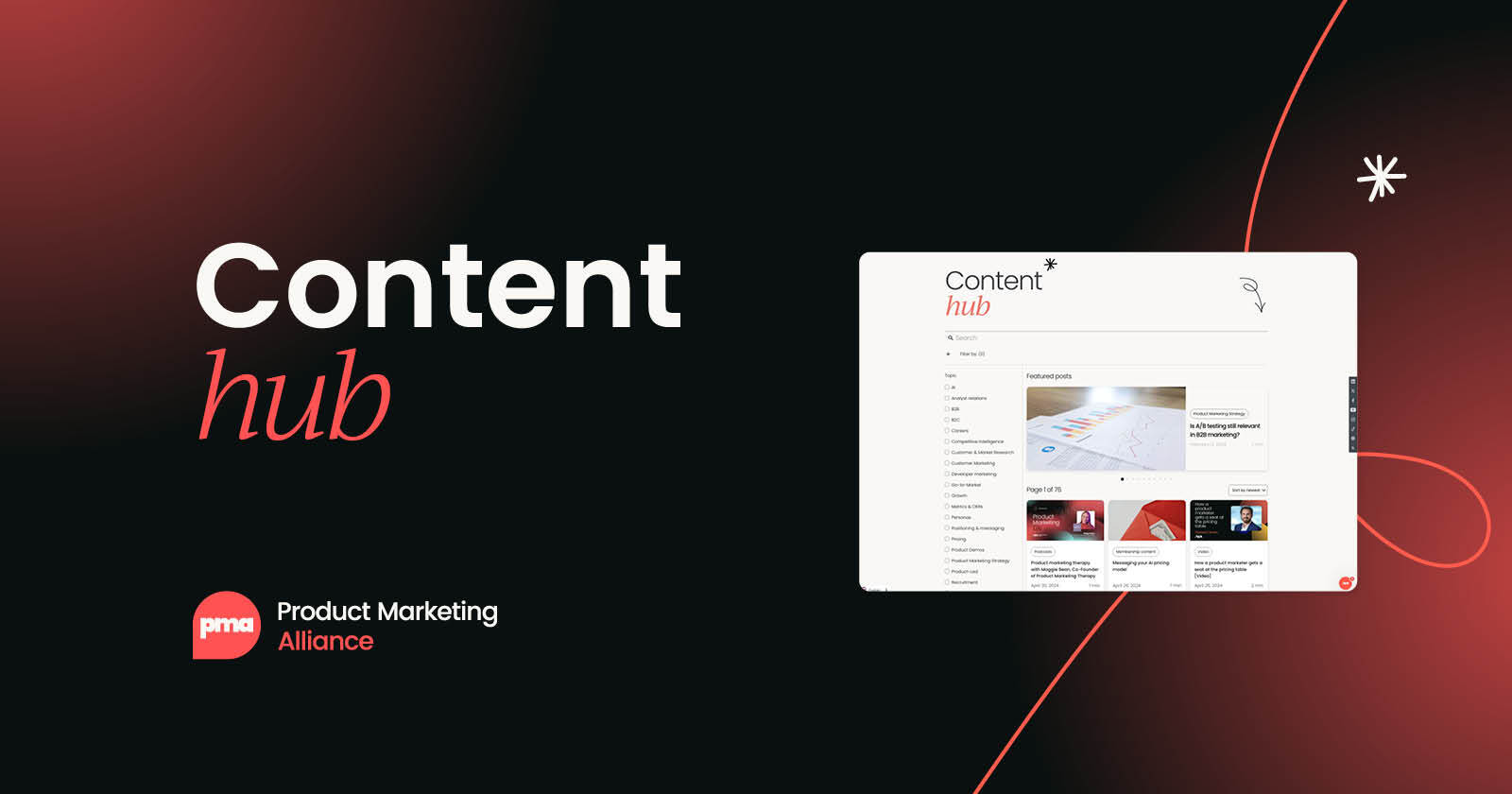

 Follow us on LinkedIn
Follow us on LinkedIn

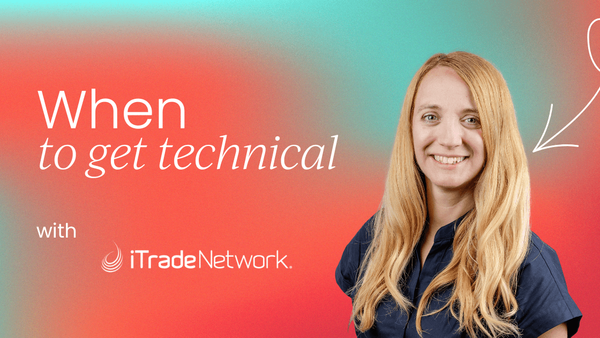


.svg)
Start the conversation
Become a member of Product Marketing Alliance to start commenting.
Sign up now